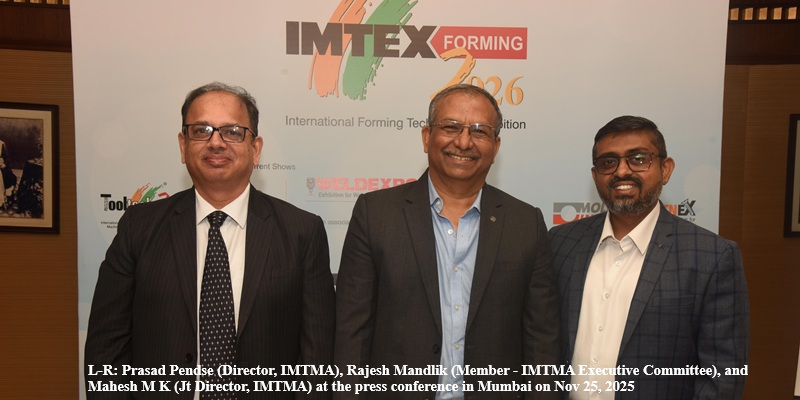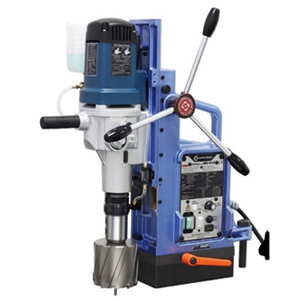Schedule a Call Back
Fraunhofer IMM develops ammonia-based systems for eco-friendly energy supply
 Articles
Articles- Mar 22,23
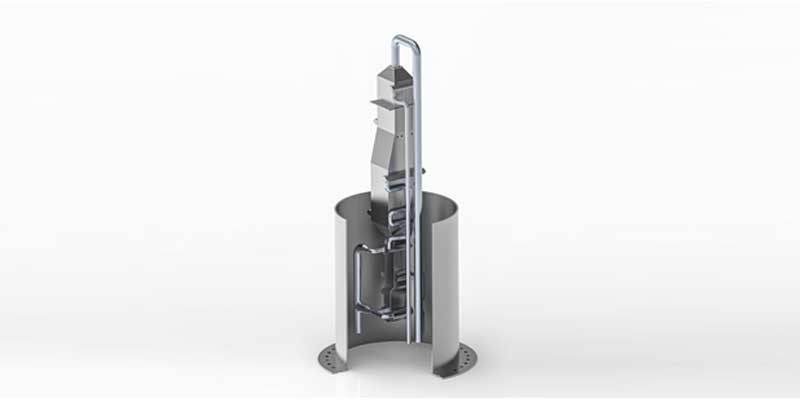
Implementing the energy transition is a major challenge for industries around the world. Industries such as transport, logistics and production, use a significant amount of fossil fuels and all the energy requirements in these sectors are mainly met by fossil fuels. But the world now is looking for a replacement to it with regenerative electricity or regenerative fuels. In the same league, a German organisation Fraunhofer Institute for Microengineering and Microsystems (IMM) in Mainz is woking to develop ammonia-based systems for energy supply. The institure works in the fields of energy and chemical technology, and analysis systems and sensor. It is an integral part of the German research and development community and a recognised project partner for micro system technology beyond European borders. The researchers at the institute are working on the mobile, decentralised provision and storage of electrical energy from sustainable sources. Dr Gunther Kolb, Head of Energy division and Deputy Institute Director at Fraunhofer IMM, told, “An alternative to fossil fuels is power-to-X fuels, which are synthesised from electrolysis-based hydrogen. The most important power-to-X fuel is currently hydrogen itself. However, before hydrogen can be utilised as an energy source on a widespread basis, there are still some considerable hurdles that need to be overcome in terms of its transportation and storage. These include either high space requirements for its storage or other energetically unfavorable conditions. Ammonia (NH3) could become an alternative solution to allow the required hydrogen to be stored and transported with ease.”
Advantages of ammonia over hydrogen
To date, ammonia has primarily been known as a source material for agricultural fertilisers. However, it is also a high-quality energy carrier, particularly as a storage medium for hydrogen. “Because ammonia can be liquefied at a moderate temperature of -33°C, its volumetric hydrogen content is significantly higher than that of compressed hydrogen at 700 bar. In comparison to hydrogen, liquefied ammonia makes it easier to transport large volumes to wherever it is needed. Because hydrogen produced from ammonia does not contain any carbon oxides or methane, it is also free from greenhouse gases,” mentioned Kolb.
Green cracked gas as a fuel gas in brick production
It is possible to use hydrogen as an energy source on-site for industrial activities on a large scale as well as on a decentralised basis in the logistics industry by converting it into ammonia. Ammonia is almost incombustible in the air, hence it is not a good choice for energy production by burning.
“In a cracking reactor ammonia can be split into nitrogen and hydrogen when suitable catalysts are applied. A mixture of ammonia, hydrogen and nitrogen is suited for homogeneous combustion and can be used as an energy source, known as ‘Spaltgas’,” said Kolb. As part of the Spaltgas project, researchers at Fraunhofer IMM and their project partners are developing a combustion technology for this gas mixture that will be used in the brick firing process. In this way, ammonia from hydrogen produced via electrolysis can be used to make the entire brick manufacturing process chain carbon dioxide-free. The Spaltgas project is funded by the German Federal Ministry of Education and Research (BMBF) as part of the “KlimPro-Industrie” program.
Ammonia as a hydrogen source for fuel cell drives
Ammonia can also be used to fuel land vehicles using hydrogen. With decentralised plants, it can be turned into hydrogen right at the filling station.As a result, there is no longer a need to transport compressed and liquefied hydrogen as it is an expensive and complicated process. In order to accomplish this, Fraunhofer IMM is developing a cracking reactor based on innovative catalyst technology and micro-structured reactor technology. In this reactor, pure hydrogen is produced from ammonia through cracking and subsequent purification, which is then injected into PEM fuel cells. Hence, ammonia may be used to sustainably create hydrogen for use in fuel cell vehicles immediately at the filling station.
“By utilising the off-gas of the pressure swing adsorption (PSA applied for hydrogen purification) as energy source for the cracking process, we are able to achieve an efficiency of 90 per cent in comparison to 70 per cent which are achieved when conventional technologies are applied. Additionally, our AMMONPAKTOR reactor is much more compact than conventional reactors, meaning that we have achieved a 90 per cent size reduction. This is particularly important for mobile and space-constrained applications. Finally, our technology has a lower carbon footprint in comparison to electrically heated reactor concepts because we use the exhaust gases from the cracking process to generate the energy required and no other sources,” explained Kolb.
The AMMONPAKTOR reactor from Fraunhofer IMM, was financed by the State of Rhineland-Palatinate using ERDF (European Regional Development Fund) funds and is also the most efficient reactor on an international scale. Even in its first generation, the cracking reactor achieved the second-highest specific hydrogen production rate ever published owing to the unique technology of Fraunhofer IMM. The second-generation cracking reactor, which is currently in the manufacturing process and has a throughput of 25 kg/hour of ammonia, produces 70 kilos of purified hydrogen per day.
Ammonia is of interest for maritime propulsion systems in addition to supplying hydrogen to land vehicles because in this industry, it has been difficult to meet CO2 reduction goals using conventional fuels, and there are numerous applications where compressed or liquefied hydrogen cannot be used as an alternative. In the same way as with Spaltgas reactors, partially cracked ammonia can be combusted in (ship) engines. Moreover, Fraunhofer IMM is working with 13 European consortium partners as part of the ShipFC project to create the world's first ammonia-based fuel cell system for maritime applications.
At Hannover Messe 2023, Fraunhofer IMM will be presenting its application-oriented developments for fuel processing from all conventional and renewable fuels at joint booth in hall 16, at the venue Hanover Exhibition Center.
Related Stories

HANNOVER MESSE Launches New Defence Production Area in Hall 26
This new platform fosters direct connections between suppliers and users, facilitating targeted dialog on industrial production for security-critical applications.
Read more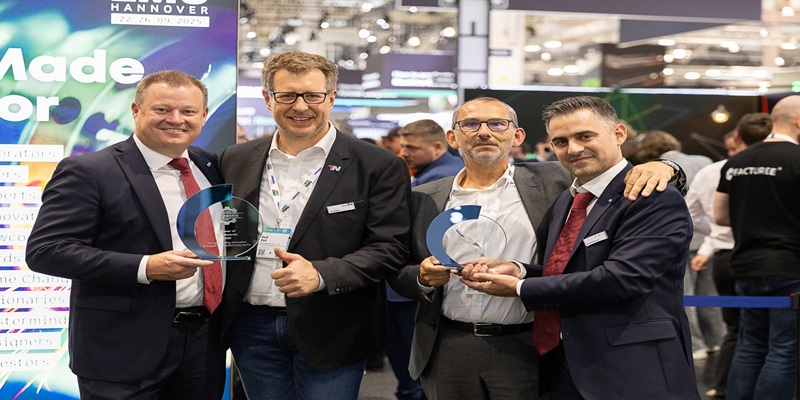
UNITED GRINDING and CHARMILLES Honoured at EMO Hannover 2025
At EMO 2025, UNITED GRINDING completed its digital ecosystem by integrating the open, manufacturer-independent customer portal from Transaction-Network.
Read more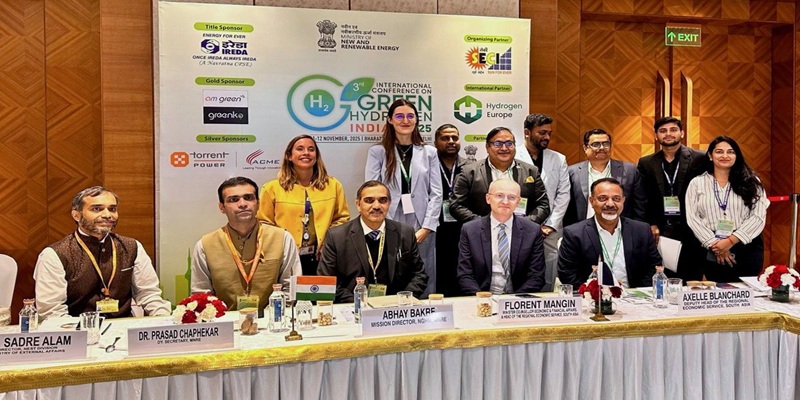
SPDA Sessions Explore Financing & Policy Solutions to Bridge Green Hydrogen Cost Gap
Though India has taken significant strides through the National Green Hydrogen Mission, the high cost of electrolyzers, renewable power, and infrastructure remains a major impediment to commercial v..
Read moreRelated Products
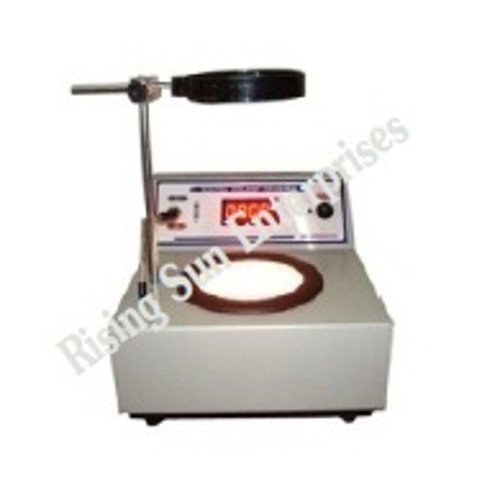
Digital Colony Counter
Rising Sun Enterprises supplies digital colony counter.
Robotic Welding SPM
Primo Automation Systems Pvt. Ltd. manufactures, supplies and exports robotic welding SPM.

Heat Exchanger Scale Removal Compound -hesr-300
Hi There!
Now get regular updates from IPF Magazine on WhatsApp!
Click on link below, message us with a simple hi, and SAVE our number
You will have subscribed to our Industrial News on Whatsapp! Enjoy







